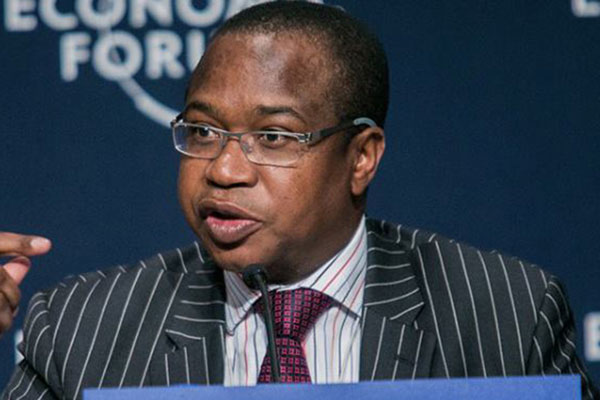
By Kuda Chideme
ZIMBABWE issued $180 million worth of government paper in the first quarter of the year and plans are afloat to establish a functional auction system for Treasury Bills before year end, Finance minister Mthuli Ncube has said.
Following his appointment last year, Ncube pledged to stem treasury’s reliance on the debt instruments to finance government’s budget deficit after he made startling revelations that between 2016 and August of last year, the government had issued US$5,5 billion worth of Treasury Bills as spending largely went unchecked to fund various budgetary priorities and at times party projects.
“The budget balance for the period January to March 2019 was a surplus of $443,1 million, against a target of $78,2 million, indicating a major shift in the management of Central Government finances from deficits to surpluses,” Ncube said while addressing legislators.
“As a result, since January 2019, neither Treasury Bills nor the overdraft facility were utilised to finance the budget. The Treasury Bill issuances amounting to RTGS $180 million were for purposes of restructuring previous years’ maturing debt.”
Before being suspended, government’s overdraft facility with the central bank stood at US$2,3 billion.
The law stipulates that the overdraft should not be more than 20% of the previous year’s revenue at any given point.
Ncube added that Treasury Bill issuances related to Zamco, a special purpose vehicle formed by government to mop up bad loans, had also been frozen.
- Chamisa under fire over US$120K donation
- Mavhunga puts DeMbare into Chibuku quarterfinals
- Pension funds bet on Cabora Bassa oilfields
- Councils defy govt fire tender directive
Keep Reading
As at December 2018, Zamco had taken up $1,13 billion in bad debts.
“With respect to implementation of the Treasury Bill Auction System, I envisage that this will now commence by the fourth quarter due to the recent measures announced in the Monetary Policy Statement. This will allow the markets to settle on the Treasury Bill market.
“The domestic debt stood at $9,2 billion, down from $9,6 billion in December 2018. This represents a $326 million decrease in domestic debt. The decrease in the stock of debt was on account of debt repayments with a minimal Treasury Bill issuance of $28 million for cashflow management purposes.
“Let me now turn to the external debt, Mr Speaker Sir. The external debt stock stood at US$8,2 billion at the end of March 2019. The bulk of the external debt is in arrears at 71% of the total external debt, a reflection of the country’s challenges to create enough fiscal space that will allow the government to repay its external obligations as well as the foreign currency shortages bedevilling the economy. External debt owed to bilateral creditors is at US$5,6 billion and constitutes the largest share of external debt.”
Multilateral creditors the World Bank and African Development Bank were owed US$2,6 billion as at March 31, 2019.
Ncube said government continued to engage various creditors for arrears clearance to open up access to new development clients.
“What we have at the moment is a road map for arrears clearance which is also linked to the adoption of the staff-monitored programme managed by the International Monetary Fund. However, it is important to note that the country’s capacity to clear old arrears and meet obligations arising from new finances hinges on the strength of the economy which in turn requires implementation of reforms under the Transitional Stabilisation Programme (TSP)”.











